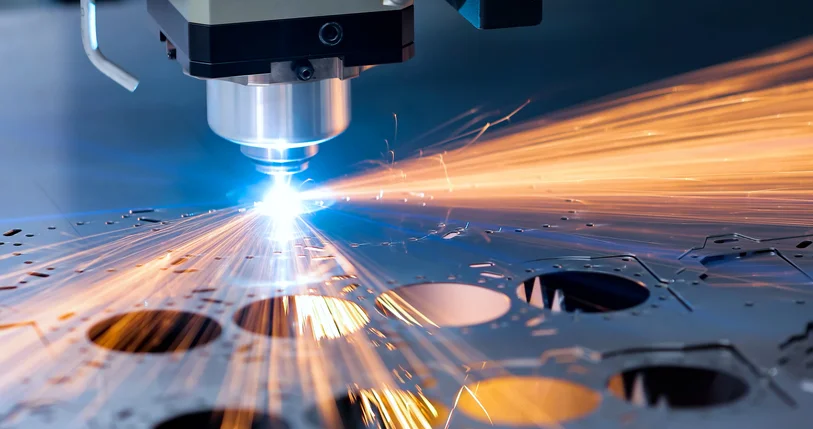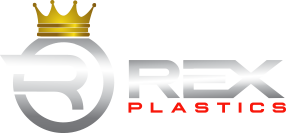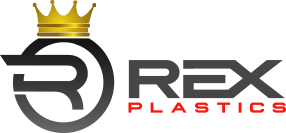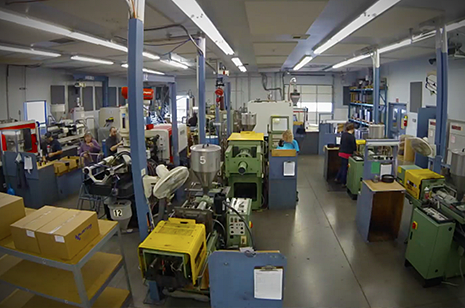- BY nwmcadmin
- POSTED IN 3D Printing
- WITH 0 COMMENTS
- PERMALINK
- STANDARD POST TYPE

In the world of manufacturing, two prominent techniques stand out: 3D printing and CNC machining. Both offer unique advantages and are suited for different applications. Understanding the distinctions between these methods is crucial for making an informed decision for your project. Let’s showcase the specifics to help you determine the best approach for your needs.
What is 3D printing?
3D printing, also known as additive manufacturing, constructs parts layer-by-layer from various materials, including plastics, metals, and elastomers. This technology has evolved significantly since its inception in the 1980s, becoming a viable option for both prototyping and low- to mid-volume production. The process allows for the creation of complex geometries that might be impossible or impractical with traditional manufacturing methods.
What is CNC machining?
Computer numerical control or CNC machining is a subtractive manufacturing process where the material is removed from a solid block (or blank) to create the desired part. This method, rooted in traditional machining practices from the 1700s, has been refined with modern computer control since the mid-20th century. CNC machining is renowned for its precision, repeatability, and ability to produce high-quality parts from a wide range of materials.
3D Printing vs CNC Machining in Injection Molding
When it comes to injection molding, 3D printing and CNC machining play different roles. CNC machining is often used to create molds due to its precision and material versatility. These molds are durable and can withstand the high pressures of the injection molding process. On the other hand, 3D printing can be used for rapid prototyping of mold designs, enabling quick iterations and testing before committing to a CNC-machined mold.
3D Printing Advantages
- Geometric Freedom: 3D printing excels in producing complex geometries without additional tooling.
- Material Versatility: It can handle materials that are difficult to machine, like flexible thermoplastic polyurethane (TPU).
- Lightweight Designs: This process allows for consolidating multiple parts into a single, lighter component, which is beneficial in sectors like automotive and aerospace.
- Speed: Ideal for rapid prototyping and low-volume production.
CNC Machining Advantages
- High Precision: CNC machining offers excellent accuracy and repeatability.
- Surface Finish: A broad range of post-processing options are available to achieve desired surface finishes.
- Material Strength: Parts produced are often stronger due to the fully isotropic properties of machined materials.
- Production Grade: Suitable for both prototyping and high-volume production with consistent quality.
Materials for 3D Printing and CNC Machining
Both processes support a variety of materials, though there are some differences in their properties and applications.
- CNC machining: Common materials include metals like aluminum, brass, copper, stainless steel, and various steel alloys, as well as plastics like ABS, nylon, and polycarbonate.
- 3D printing: Supports a range of materials including metals (e.g., aluminum, stainless steel), plastics (e.g., ABS-like, nylon), and elastomers (e.g., TPU).
Price Comparison for 3D Printing and CNC Machining
Cost is a critical factor in choosing between these two processes. Due to economies of scale, CNC machining is generally more cost-effective for high-volume production. However, 3D printing is often more economical and faster for low-volume production and rapid prototyping.
Which is right for your project? Ask the experts!
Deciding between 3D printing and CNC machining depends on various factors, including part complexity, material requirements, production volume, and budget. At Rex Plastics, our team of experts can help you navigate these choices to find the best solution for your project. With over 50 years of experience in the industry, we can turn your ideas into reality efficiently and cost-effectively. Contact us today for a quote, and let us help you make the best manufacturing decision for your needs.


